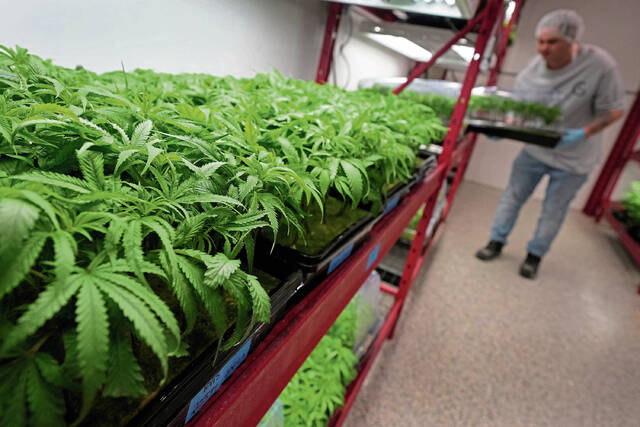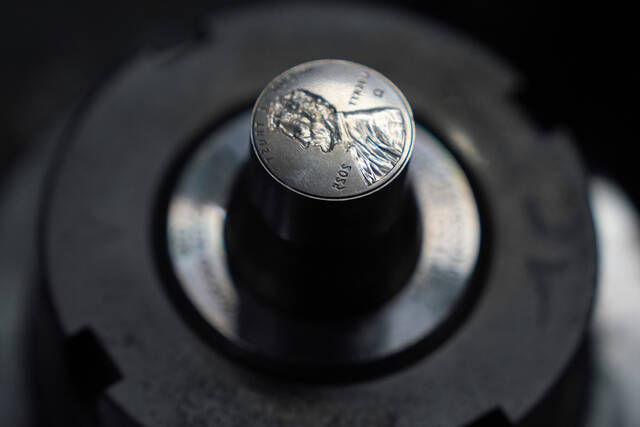Regulations prohibiting the movement of high-risk body parts from deer, elk and related species have been expanded for the 2021-22 hunting seasons to combat the spread of chronic wasting disease, an always fatal neurological disease in those species.
As the disease continues to spread in the state, and beyond, the Pennsylvania Game Commission has made two changes in its regulations.
First, hunters are prohibited from importing high-risk parts or materials from cervids harvested, taken or killed in any state or country outside Pennsylvania. The prohibition previously applied only to those parts from animals taken in states and provinces known to have CWD.
Second, hunters are prohibited from moving high-risk parts outside of the Established Area, which is a subsection of Disease Management Area 2. That includes moving those parts even into the surrounding DMA.
High-risk parts include the head (including brain, tonsils, eyes and any lymph nodes); spinal cord/backbone; spleen; skull plate with attached antlers, if visible brain or spinal cord tissue is present; cape, if visible brain or spinal cord tissue is present; upper canine teeth, if root structure or other soft tissue is present; any object or article containing visible brain or spinal cord tissue; unfinished taxidermy mounts; and brain-tanned hides.
In addition to hunter-harvested deer, both changes also apply to deer killed in vehicle collisions that are picked up for consumption.
According to Andrea Korman, the commission’s CWD biologist, “The movement of high-risk carcass parts is a potential avenue through which CWD could be spread and one that can be prevented.”
Expanding the regulation banning the importation of high-risk parts into Pennsylvania from any state or province, regardless of whether CWD is known to exist there, takes into account the wide range of testing and surveillance in other states. Not all states monitor the disease the same way. The change in regulations simplifies things for hunters, who no longer need to remember different rules for different areas.
“The answer is always ‘Don’t bring high-risk parts home with you,’” Korman said.
The regulation change specific to the EA reflects the state of the disease there. The EA has produced more than 90 percent of the 727 cases of CWD found in Pennsylvania to date.
“CWD is difficult to manage and moving high-risk parts from a known area of infection has the potential to spread the disease to new areas,” said Jeannine Fleegle, a biologist in the commission’s Deer and Elk Section. “We need to do everything we can to prevent that.”
Hunters who take a deer within the EA must either butcher it and dispose of the high-risk parts within EA boundaries or take it to a processor within the EA. Those who want to have a deer from the EA mounted must cape it to remove all high-risk parts or take it to a taxidermist within the EA.
The same rules apply to deer taken within any of the DMAs.
Pennsylvania first detected CWD in 2012 at a deer farm in Adams County. The Game Commission has since tested more than 100,000 wild, free-ranging whitetails and more than 1,400 elk for CWD, finding it in 727 and no elk.








